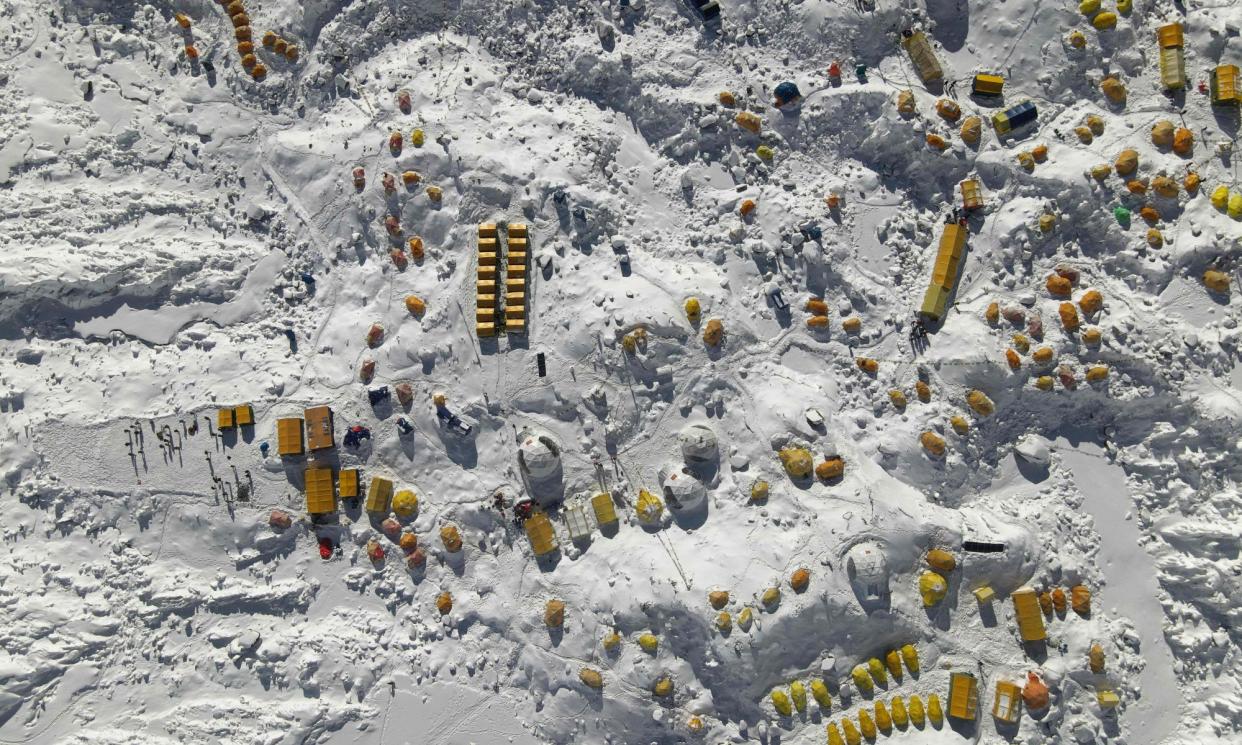The Observer view on overtourism: sometimes, the planet’s hotspots are best left unvisited

Climbing Everest used to be an even more dangerous pursuit than it is today, requiring huge bravery, endurance and skill. Even then the mountain could kill. A century ago, it claimed the lives of two of Britain’s finest climbers, George Mallory and Sandy Irvine.
The world’s highest mountain eventually succumbed to human challenge when, almost three decades later, Edmund Hillary and Tenzing Norgay carried the flags of Britain, the UN, and Nepal to its summit on 29 May 1953. Sporadic trips involving handfuls of explorers continued over succeeding years.
But the slopes of Everest have been transformed in recent years. Its peaks and ridges are now regularly flooded with tourists vying to reach its 29,032ft (8,849 metre) summit. In 2023, more than 1,200 people – paying fees of around £40,000 a head – attempted the feat. Of these, more than 600 succeeded. A place once synonymous with remote, unsullied grandeur has become a high-end tourist trap, leaving its once pristine slopes littered with tattered tents, abandoned gear and human waste. Everest tourism may generate hundreds of millions of pounds for Nepal, but this comes at a heavy cost.
Overtourism is not confined to the Himalayas. Last week, Venice became the world’s first city to introduce an entry fee, a €5 day-trip ticket that each of the 30 million sightseers who visit every year will have to buy to gain access to St Mark’s Square, the Rialto Bridge and its other wonders. Tourists may be happy to contribute to the city’s upkeep but many locals see the move as a step towards the transformation of Venice into a Veniceland, a Disneylike simulacrum.
Hosts of other sites face similar problems – from Dubrovnik to Yellowstone and from Machu Picchu to Cornwall. Maya Bay in Thailand was closed for four years after waves of tourists – who arrived after seeing it in the Leonardo DiCaprio film, The Beach – began wrecking its coral reefs. Iceland imposed temporary closures of Fjaðrárgljúfur, a canyon popularised in Justin Bieber’s 2015 music video, “I’ll Show You”, after it triggered an abrupt and damaging influx of visitors.
The causes of overtourism – the arrival of too many sightseers in one place at the same time – are complex. Elements include: the huge growth of the middle classes in India and China; cheap airfares; and the rise of social media, which has created a generation obsessed with taking selfies in front of great works of art or architecture. This last factor has forced the Louvre to consider moving the Mona Lisa to its own room where visitors can pose more freely in front of the world’s most famous painting.
In many ways, such interest should be welcomed. Visiting other countries brings benefits. Travellers learn about other cultures and create powerful, lasting memories of their times there. Unfortunately, the price is becoming hard to pay. Overtourism now threatens to destroy pristine wildlife areas and precious historical sites, the very features that attract tourists in the first place. Studies indicate that 80% of travellers now visit only 10% of the world’s tourist destinations. This concentration reveals a dangerous skew in priorities.
The warning signs are clear and alarming. The solutions, sadly, are less obvious. Stricter controls of cruise ships that can suddenly drop vast numbers of passengers in fragile locations is an option. Imposing city taxes like Venice’s is another. Properly assessing the economic value of our environment would also help assess the damages. At the same time, tourists themselves need to show restraint and occasionally consider local as opposed to distant attractions. Our planet houses many marvels. Care needs to be taken in opening up their wonder.


